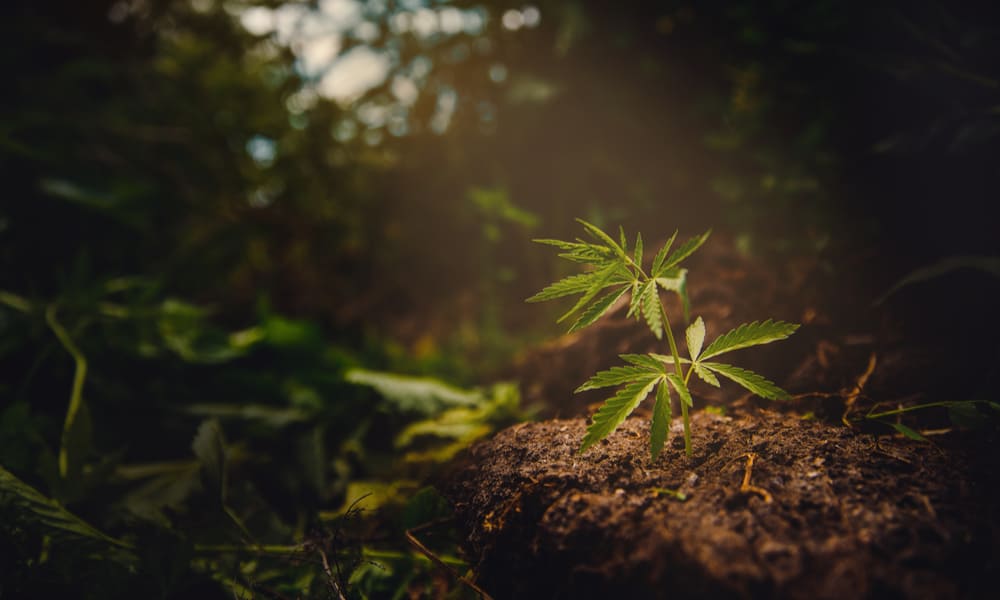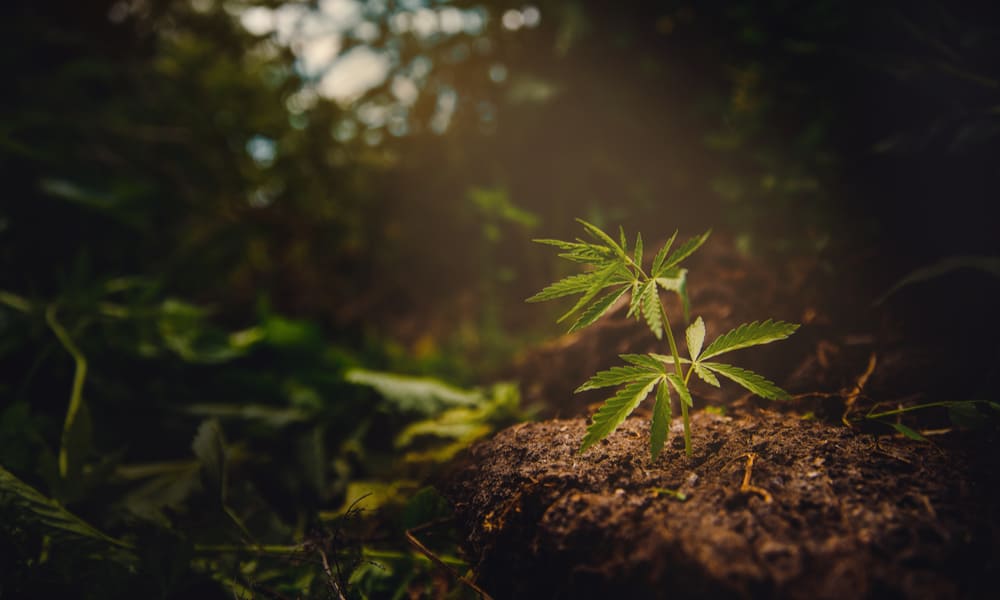
Researchers conducting an archaeological study of tombs in western China have found the earliest evidence of cannabis smoking so far discovered, according to a report on their work published on Wednesday in the journal Science Advances. Analysis of braziers in the tombs revealed that cannabis plants with high levels of psychoactive compounds were being burned during ancient mortuary ceremonies.
The evidence suggests that cannabis was smoked as a part of religious or ritual ceremonies at least as early as 2,500 years ago. Other evidence has shown that cannabis was cultivated for fiber and grain in East Asia from 4,000 B.C. or earlier.
“There has been a long-standing debate over the origins of cannabis smoking, there are many speculative claims of ancient use,” Robert Stengle, a researcher from the Max Planck Institute for the Science of Human History and one of the study’s authors, told Newsweek. “However, this study provides the earliest unambiguous evidence for both elevated chemical production in the plant and also for the burning of the plant as a drug.”
Origins of Drug Use Difficult to Pinpoint
Analyzing the residue discovered in the braziers, researchers learned that cannabis with relatively high levels of THC had been burned in the ritual burners. Yimin Ying of the Chinese Academy of Sciences, who is another author of the study, said that written records of ancient cannabis use are very limited.
“One of the long-standing research debates in Central Asian archaeology has been the origins of drug use, especially centering around ephedra and cannabis,” Yang said. “We were interested in knowing if these crops were popular in the Bronze and Early Iron Ages in western China. However, archaeologists and archaeobotanists have only found fragmentary evidence for these psychoactive plants and it is hard to judge how ancient people consumed them.”
Nicole Boivin, another author of the study from the Max Planck Institute, added that physical traces of the early use of psychoactive substances is also difficult to find.
“This kind of evidence is rare due to there being few opportunities for long-term preservation of the remains of activities involving drug use—which is very ephemeral, and doesn’t necessarily leave a lot in the way of physical evidence,” she said. “Furthermore, due to issues of preservation, finding such a nice clear signal is pretty unusual.”
Scientists Find ‘Needle in a Haystack’
Boivin said the discoveries made by the team were quite unexpected.
“I would say we were surprised [by the results] because finding evidence for ancient drug use is a bit like finding a needle in a haystack,” she said.
“The findings support the idea that cannabis plants were first used for their psychoactive compounds in the mountainous regions of eastern Central Asia, thereafter spreading to other regions of the world,” Boivin added.











